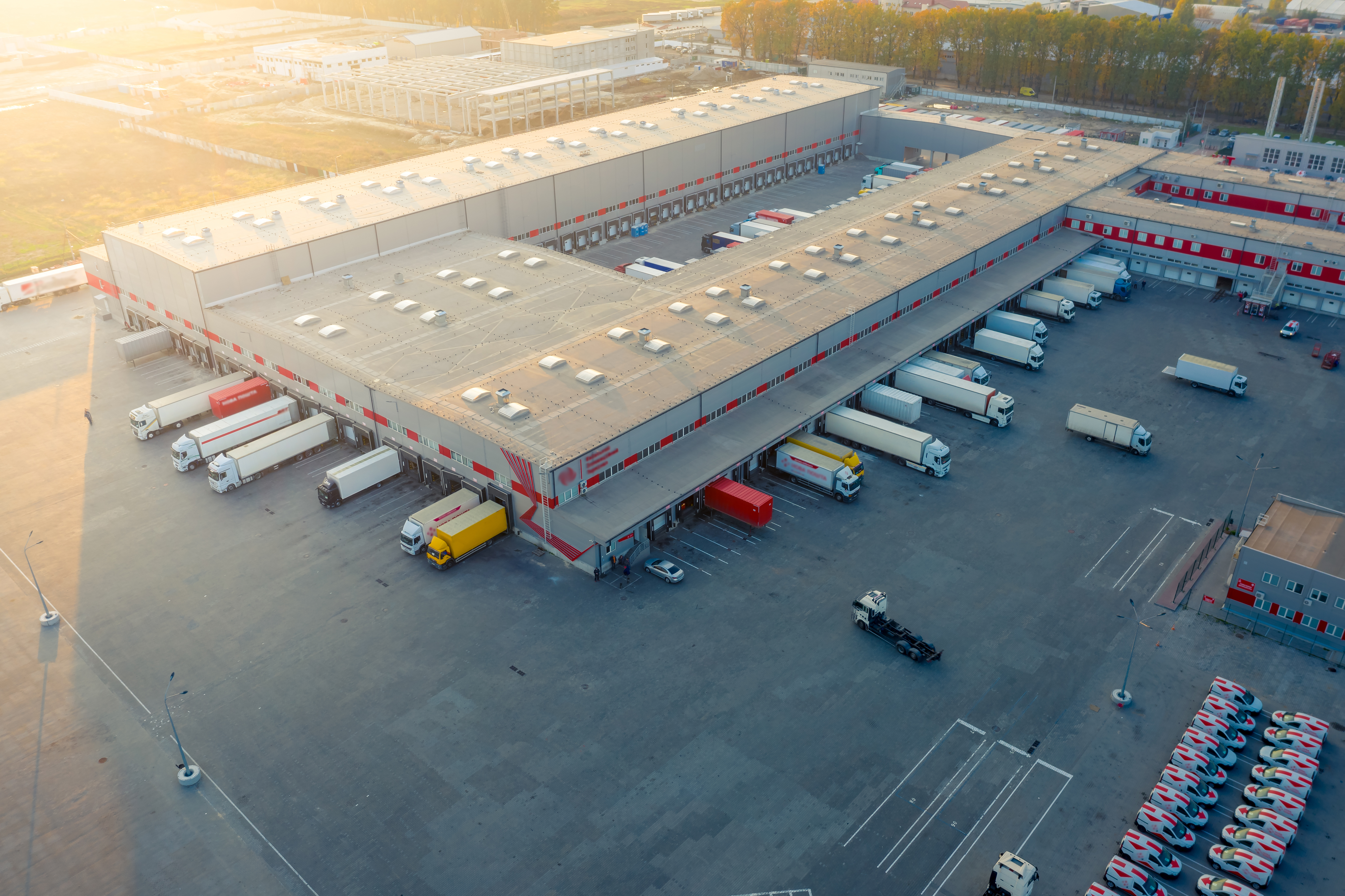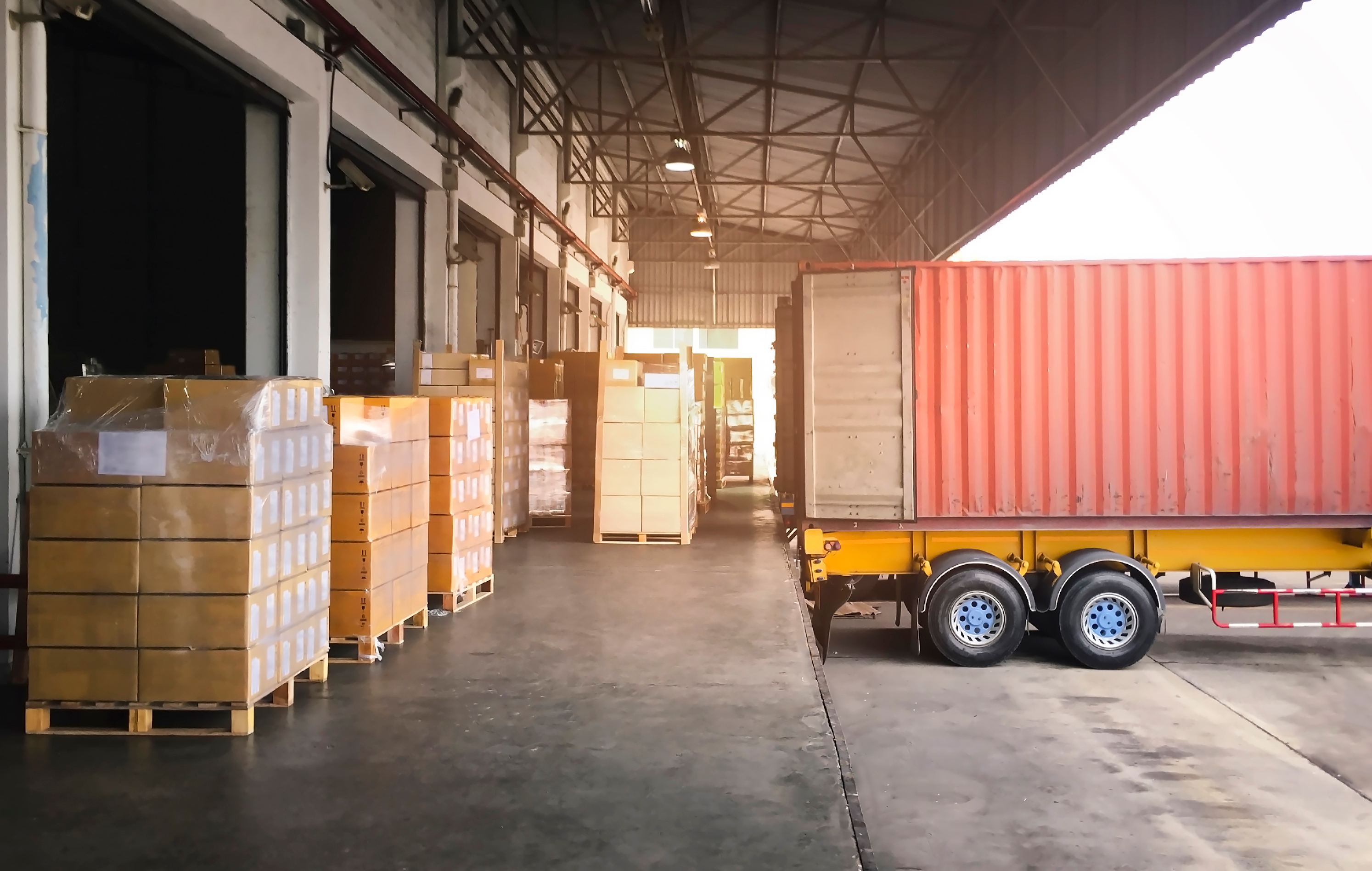The recent conflict in Ukraine and the potential threat to UK energy supplies has resulted in an upsurge in energy prices, on top of what were already historical highs. This has led the UK Government and industry desperately searching to secure new energy sources both in the short and long term. The UK Government has expressed a desire for more nuclear and some people are talking up the opportunities that shale gas presents.
But neither of these sources fit with sustainability objectives for many companies, leading them to consider generating their own energy on-site. So how do you get started and what are the key considerations?
What are your objectives for installing on-site generation?
Installation of renewable technologies enables businesses to take further control of their energy management strategy. Understanding the process and the different renewable technologies associated with on-site generation is important.
However, knowing your objectives and desired outcomes prior to installing renewable technologies is key to developing a successful on-site generation strategy to contribute to and support your overarching business objectives.
Is your primary objective to decarbonise your business or lower your carbon footprint? There is mounting pressure on businesses to start tackling climate action, whereby thousands of businesses have outlined their roadmap to start working towards a sustainable low carbon future. Exploring renewable technologies to start generating on-site will form a key part of bringing a carbon reduction plan to life.
Additionally, your objective for generating on-site may be due to growing concerns around future costs. Uncertainty in relation to rising energy costs can pose a real threat to many businesses. Reducing your reliance on grid usage is a common way to reduce energy costs, avoiding fluctuating commodity and non-commodity costs associated with your energy supply.
Moreover, your objective may be to future-proof your business. Meaning you’re keen to establish a secure, reliable energy supply with a stable cost that isn’t exposed to market volatility and geo-political tensions. So, reducing dependency on one singular power supply can help with your long-term business objectives.
Many projects now combine generation with Battery storage, allowing companies to further reduce costs by discharging the battery at times of peak (and most expensive) demand. A battery can also provide additional capacity when needed. A popular use for batteries is with EV charging stations to provide the additional energy required for rapid charging.
Increasingly, businesses are looking at on-site generation to satisfy all of the above requirements.
What to consider before installation?
Before contemplating on-site generation for your organisation, there are several key considerations that you should be aware of.
Do you want a system to match your demand profile, or are you also looking to generate income by selling any additional energy generated? Establishing the true usage of your sites will be a crucial step in the planning and implementation of on-site generation assets. Your usage profile may differ from what you think initially, and proceeding without verifying usage could lead to an oversized system causing additional expense. The key to avoiding this is to ensure a thorough preliminary analysis has been conducted.
Additionally, has the site completed all energy efficiency measures possible and have you considered how future demand might increase due to the electrification of operations and additional demand from EV Charging? All these calculations need to be undertaken prior to sizing the generation asset. If the technology is sized based on current load and then energy efficiency measures are implemented, this could reduce the site load and make the system oversized for use. This highlights the importance of not ‘going in blind’
Are you looking for just one technology, assets on all sites, or an individual site? What is your overall goal?
If you don’t have a sustainability strategy in place to guide these decisions, then consider what your goals are that you want to achieve by implementing renewables for on-site generation, as these may impact the appropriate technology for your business.
There are several types of on-site generation that businesses can deploy, some more expensive than others. The sector you operate in may determine which technologies will be more suited to your business – for example, a retail chain with multiple sites may not invest in Anaerobic Digestion. Agricultural sites and breweries would be more suited to this technology.
Therefore, being aware of the types of technologies that will suit your business function, along with the benefits they can bring, will be key to selecting the most appropriate type of on-site generation technology.
How beneficial can on-site generation be to my business?
There are several benefits associated with the different types of on-site generation. Most commonly on-site generation can:
- Be an effective way of being in control of your power – Monitoring and utilising generation within the site allows for peak periods and can increase savings and benefits.
- Increase the security and reliability of supply – If the site suffers brown/black outs from the grid connection then on-site generation can continue to supply power to the site.
- Help avoid import payments – for both commodity and non-commodity costs, every p/kWh avoided of grid usage can lead to large energy bill savings
- Quick Return on Investment (ROI) – Technologies are more efficient and cheaper to install, resulting in fast payback on systems that are designed to last 15+ years, if maintained correctly.
- Carbon savings against grid power – In most cases, the power generated will be lower in carbon emissions than grid electricity, resulting in carbon savings and a step towards Net Zero.
- Life term of equipment – Technology is always developing and the warranties and expected life cycle of installations offers a long-term solution for companies, with fast return of investments.
- Finance options – Installers now offer financed solutions, making technology solutions accessible to more businesses who may not have the initial capital expenditure available.
- Additional Income – certain technologies attract subsidies and unused energy generated can be sold, both of which can contribute to your energy costs or bottom line
How Trident can assist you?
Our sustainability experts are on-hand to support your business with developing your on site generation strategy, we’ll start by helping you to define and outline your requirements. Our cradle-to-grave solution supports you every step of the way, from conducting feasibility assessments for your site to ensure the most applicable generation asset is chosen and subsequently tender to technology providers and advise you on the best solution.
We can coordinate the whole installation project and finally, demonstrate any savings made through generation from this technology via our in-house software, Pulse. On-going asset management will analyse performance, alarms and alerts, co-ordinate maintenance, provide operational administration including regulatory compliance, subsidy management and Ofgem reporting. We will work collaboratively with you to solve any problems and assist with all aspects of the process, ensuring you have expert support as and when you need it.
Take the first step today and speak to one of our experts. Call 0345 634 9500 or email enquiries@tridentutilities.co.uk.






